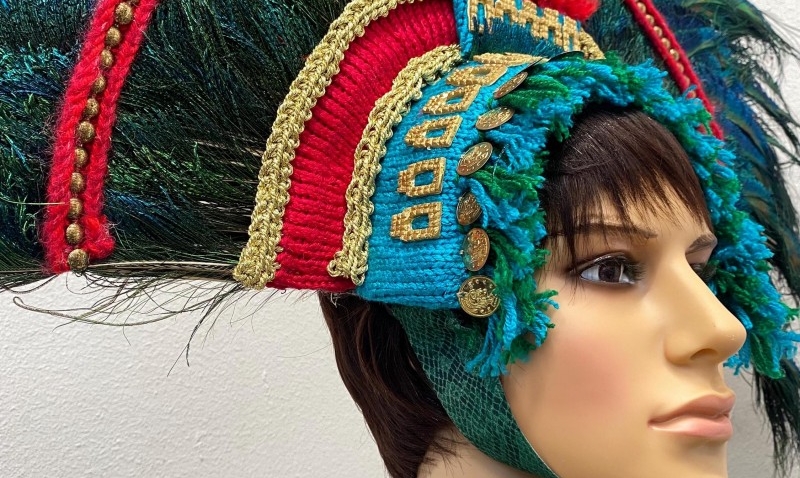
Exploring the Moctezuma Headdress: History and Legacy
The Moctezuma headdress, often referred to as the feather headdress associated with the Aztec emperor Moctezuma II, stands as one of the most iconic pieces of Mesoamerican art. This stunning artifact symbolizes the opulence and artistry of the Aztec Empire while reflecting Mexico’s rich cultural heritage. Crafted from vibrant feathers, primarily obtained from exotic birds, the headdress features precious materials such as gold, turquoise, and jade. These elements showcase the immense wealth and craftsmanship of the Aztec civilization. Its narrative extends beyond aesthetics; the headdress embodies the traditions, rituals, and social hierarchies of the time.
Over the years, historians, collectors, and enthusiasts have become captivated by the Moctezuma headdress. This fascination has sparked curiosity about its origins, significance, and eventual fate. Whether displayed in museums, depicted in various media, or interpreted through scholarly research, this object continues to prompt discussions about identity, power, and cultural legacy. In this comprehensive article, we will explore the rich history of the Moctezuma headdress, its cultural significance, and the mystery surrounding its whereabouts in contemporary times.
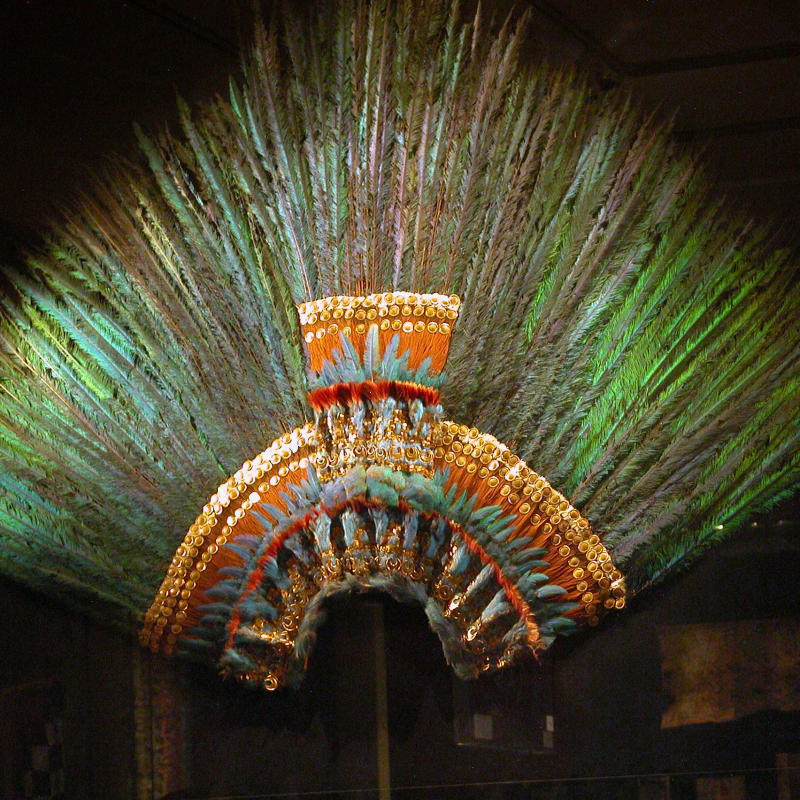
Historical Context of the Moctezuma Headdress
To appreciate the Moctezuma headdress fully, we must examine its historical context. The Aztec Empire flourished in central Mexico from the 14th to the 16th centuries, characterized by its complex social structure, artistic achievements, and religious practices.
The Rise of the Aztec Empire
The Aztec civilization emerged in the Valley of Mexico, establishing Tenochtitlan, a remarkable city built on an island in Lake Texcoco. The empire attained power through military conquest, trade, and building tributary states. By the time of Moctezuma II’s rule, the Aztecs had forged a sophisticated society featuring a flourishing economy, rich culture, and centralized political system.
Moctezuma II: The Symbol of Leadership
Moctezuma II reigned from 1502 to 1520 and became one of the most prominent rulers of the Aztec Empire. His leadership coincided with immense prosperity and expansion. People often remember him for his encounters with Spanish conquistadors like Hernán Cortés. Notably, Moctezuma’s portrayal as a powerful leader closely ties to the Moctezuma headdress. This artifact exemplifies the authority and divine status attributed to Aztec rulers.
The Cultural Significance of Headdresses in Aztec Society
In Aztec culture, headdresses served as more than fashionable accessories. They represented social status, power, and spirituality. Hence, headdresses depicted the wearer’s rank and prowess and played roles in various religious ceremonies. The Moctezuma headdress, adorned with feathers and precious materials, held a sacred place within this tradition, showcasing the emperor’s connection to the divine and his responsibilities in warfare and rituals.
The Craftsmanship Behind the Moctezuma Headdress
Understanding the artistry involved in creating the Moctezuma headdress is essential. Several key elements contribute to its intricate design, the materials used, and the skill required to produce such a masterpiece.
Materials Used in the Headdress
The Moctezuma headdress is renowned for its vibrant feathers. Skilled artisans collected these feathers from exotic birds, including parrots, quetzals, and other local species. The feathers’ colors—predominantly green, blue, yellow, and red—symbolized various aspects of Mesoamerican life and spirituality. In addition to feathers, artisans incorporated precious materials like gold, turquoise, and jade, enriching the headdress’s aesthetic and cultural significance.
The Art of Featherworking
Featherworking represented a highly respected craft in Aztec society, showcasing meticulous techniques and complexity. For example, skilled artisans collected feathers and dyed them in various colors to create eye-catching designs. The process involved precise cutting, arranging, and stitching to ensure the feathers remained intact and visually striking. These artisans played an essential role in enhancing the prestige of the headdress.
Symbolism of the Headdress
The designs and materials utilized in the Moctezuma headdress carry specific meanings. For instance, the quetzal feather held significant cultural importance and symbolized wealth and prosperity. The variety of colored feathers allowed for a visual representation of the emperor’s status and connection to the gods. In this way, the headdress highlighted the intimate relationship between the material and spiritual worlds.
The Moctezuma Headdress and Aztec Rituals
The Moctezuma headdress served not only as a luxurious item but also played a significant role in ceremonial events and rituals that reinforced the identity of sacred leaders within the Aztec pantheon.
Ritual Significance
As a key element in numerous religious ceremonies, the Moctezuma headdress adorned the emperor during important events, including sacrificial rituals and festivals. The headdress symbolized the emperor’s divinity and his role as a mediator between the gods and the people. Ceremonies often featured elaborate dances, offerings, and rituals celebrating the agricultural calendar, connecting the community to their deities.
The Role of the Emperor
Wearing the Moctezuma headdress conferred spiritual authority upon the emperor. It established a vital connection between the ruler and the divine, reinforcing his position as the supreme leader of the Aztecs. During sacrifices and public gatherings, the emperor’s appearance in the headdress reminded people of his divine right to rule and highlighted his obligation to uphold the welfare of the community.
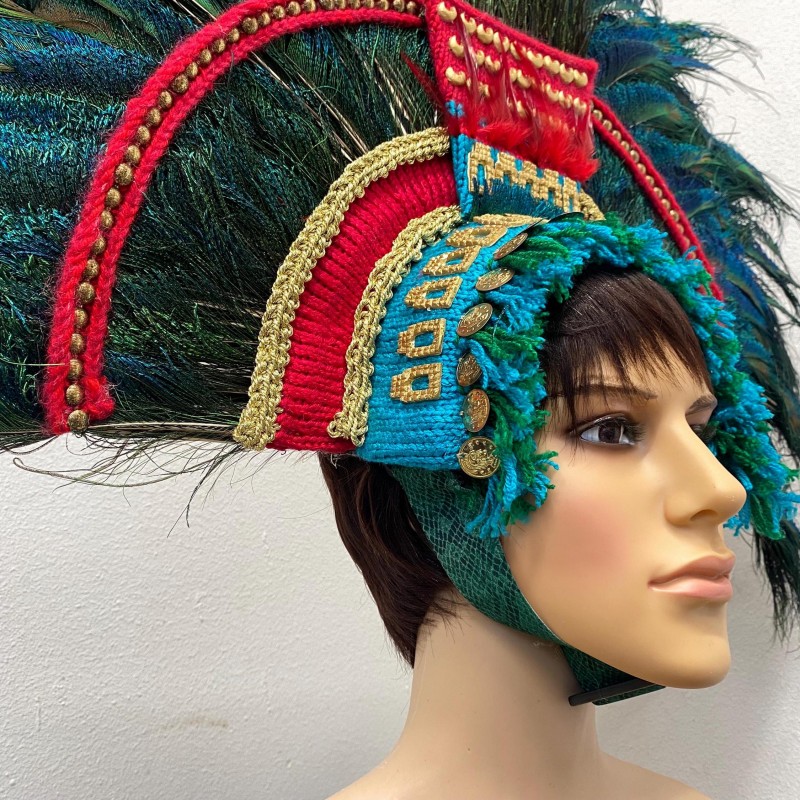
Artistic Representations in Aztec Culture
Artistic depictions of the Moctezuma headdress appear in various forms, such as codices, sculptures, and ceramics. These works honor the emperor and showcase the grandeur of Aztec civilization. Understanding how artists expressed reverence for the headdress illuminates its importance in shaping cultural memory and identity.
The Fate of the Moctezuma Headdress: A Historical Mystery
The destiny of the Moctezuma headdress shrouds itself in mystery, particularly following the Spanish conquest of the Aztec Empire.
The Spanish Conquest
In the early 16th century, Spanish conquistadors, led by Hernán Cortés, arrived in the Aztec Empire, marking a turning point in Mesoamerican history. After the conquest, the Spaniards took many artifacts, including treasures belonging to Moctezuma II.
Disappearance of the Headdress
The exact fate of the Moctezuma headdress remains uncertain. Some historical accounts suggest that Spanish leaders received this headdress as a gift. This could have served to impress the conquerors or discourage military action against the Aztecs. Amidst the chaos and upheaval of the conquest, the headdress vanished into obscurity. Historians thus speculate about its whereabouts for centuries.
Theories and Speculations
Over the years, various theories regarding the headdress’s disappearance have arisen. Some historians argue that the Spanish destroyed it during the conquest. Meanwhile, others believe it could remain hidden in an undiscovered location or lost among museum collections. Speculation heightens the allure of the Moctezuma headdress as a significant cultural artifact. This artifact embodies the complexities of colonial history.
Modern Interpretations and Cultural Significance
The legacy of the Moctezuma headdress extends beyond its historical context. It continues to influence contemporary culture, art, and identity.
Revival of Indigenous Heritage
The Moctezuma headdress has sparked renewed interest in indigenous cultures. This fosters discussions about heritage and historical identity. Many indigenous communities in Mexico and elsewhere express pride in their ancestral roots and seek ways to revive traditional customs and styles.
Artistic Representations
The headdress fascinates artists, designers, and historians alike. Inspired by its intricate beauty and historical significance, contemporary artworks often incorporate elements reminiscent of the headdress. In doing so, artists explore themes of power, colonialism, and cultural identity. From paintings to fashion design, the Moctezuma headdress transcends time and continues to serve as a powerful symbol of resilience.
Museums and Exhibitions
Various museums worldwide feature exhibits showcasing the rich tapestry of Mesoamerican history. These exhibitions often display artifacts that echo the grandeur of the Moctezuma headdress. Such showcases contribute to a growing appreciation of indigenous art and heritage. They also provide educational opportunities for visitors to understand the historical context of these significant artifacts.
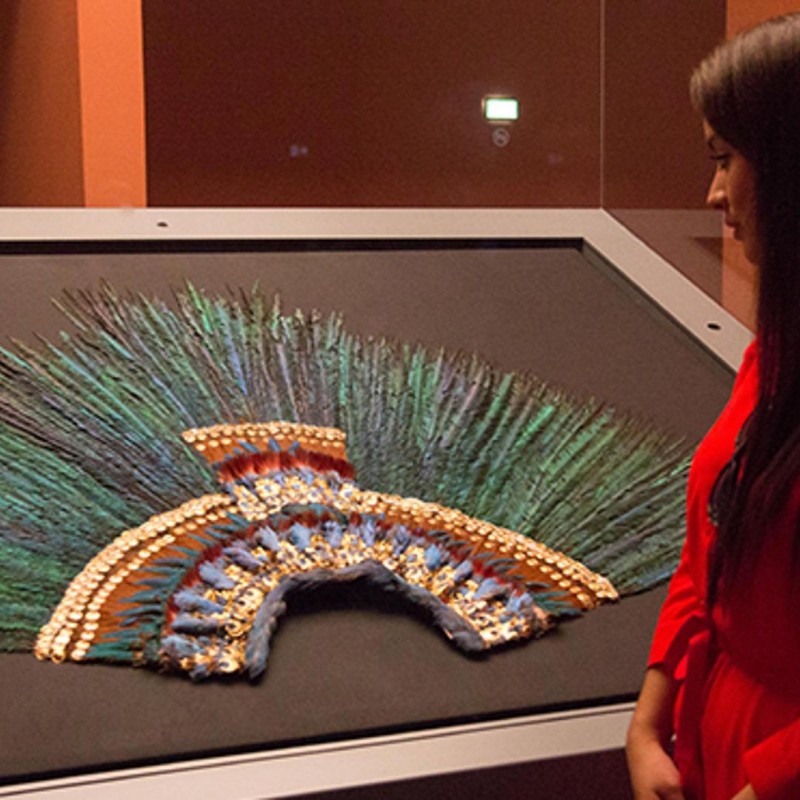
Conclusion
In conclusion, the Moctezuma headdress stands as more than a dazzling piece of art; it represents a rich history, cultural significance, and the profound impact of indigenous civilizations in Mesoamerica. Unique in its craftsmanship and deep in its symbolism, this headdress reflects the social dynamics and ritual practices of the Aztec Empire.
This historical artifact embodies both beauty and meaning. Its context and legacy remind us to preserve heritage while fostering understanding. When we delve into the tale of the Moctezuma headdress, we discover a timeless reflection of the human experience—an exploration of power, culture, and the enduring marks left by those who came before us.




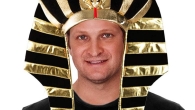
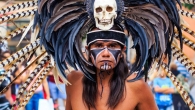

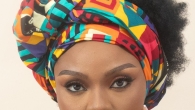

Leave a Reply